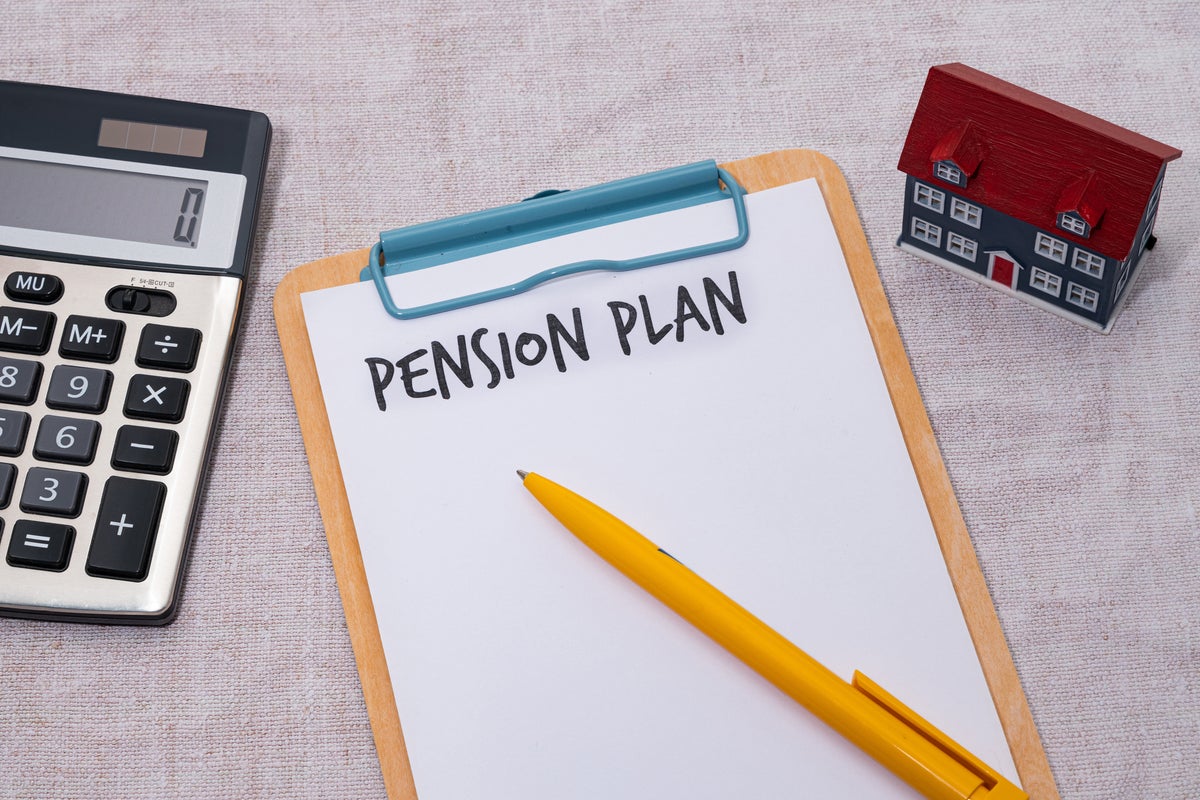Liz Kendall announced this week that she is reviving the pension commission as the government tries to tackle what she described as a looming “tsunami of pensioner poverty”.
The work and pensions secretary said the government is setting out to “tackle the barriers that stop too many saving in the first place” after her department found that people retiring in 2050 are on track to be poorer than those retiring today, expecting to get £800 less in private pension income.
Currently, just 55 per cent of working age adults in the UK are contributing to a pension pot, and MPs have said that a UK-wide strategy is needed to address pensioner poverty.
But the UK’s pension dilemma is not unique. Countries across the world are grappling with similar looming crises, driven by a combination of factors including demographic shifts, low interest rates and economic instability.
Here, the Independent takes a look at what action other governments are taking to stave off the impending crisis.
United States
In the United States, half of all private-sector workers are unable to get a retirement plan through their jobs, according to a survey published in June by Pew Charitable Trusts.
The US’s most common workplace retirement plan is a 401(k), which allows employees to voluntarily put money aside for retirement which is typically matched by their employers. The total employee and employer contributions to a 401(k) cannot exceed $70,000 per year.
Around 27 per cent of Americans over the age of 59 have no savings to rely on in their retirement, according to a survey by financial services firm Credit Karma in 2023.
Last week, the Wall Street Journal reported that the Trump administration was expected to sign an order that would open up 401(k)s to the private markets.
It would order the US Labor Department and Securities and Exchange Commission to create guidance for employers on including private assets in 401(k) plans, which could, in turn, create more investment opportunities for them.
Canada
Currently, the key challenge for many countries remains the low rate of pension saving.
More than half (59 per cent) of working Canadians do not believe they will have enough money to retire, according to a survey conducted this year by Canadian pension fund HOOPP, Healthcare of Ontario Pension Plan.
However, Canada is tackling this through rate increases within their savings system.
The government has expanded the Canada Pension Plan (CPP), a monthly benefit that replaces a percentage of a person’s income after they retire.
Between 2019 to 2025, it has increased the percentage of how much of a worker’s earnings are replaced from 25 per cent to 33.33 per cent.
It has also increased the maximum level of earnings protected by the CPP by 14 per cent over 2024 and 2025.
Australia
Australia is recognised as having one of the world’s top pension schemes where employers are required to pay a percentage of their employees earnings into an account which that employee can then access once they have retired.
As of this month, employers are now required to contribute 12 per cent to employees’ retirement savings accounts, up from 11.5 per cent.
They are also taking steps to close the gender pension pay gap with the Labor Government introducing a superannuation top up for parents taking time off to care for a newborn.
The CityUK CEO Miles Celic said: “total contributions will have to rise if we are to emulate the successes of, for example, Australia and Canada.
“This will involve difficult political choices alongside technical changes to policy and regulation.”
France
In 2023, French President Emmanuel Macron raised the age of retirement from 62 to 64, which sparked massive public backlash and protests.
Macron’s administration argued that the reform was essential to prevent long-term deficits in the pension system.
At the time, Macron said he did not enjoy passing the reform but called it a necessity, saying “the longer we wait, the more (the deficit) will deteriorate.”
As well as increasing the age of retirement, France has also hiked the minimum contributory requirements by 2 per cent this year across all bands.
The minimum contribution applies to retirement pensions under its Pension Insurance scheme.
Germany
In Germany, the retirement age is gradually being raised from 65 to 67. Like many governments across Europe, it is trying to reduce pressure on the pension system created by aging populations.
Last year, it approved pension reform and its new government has set out a series of policies that include maintaining the amount paid to retirees each month – which is 48 per cent of the average monthly salary.





